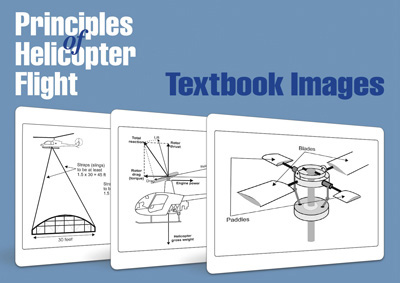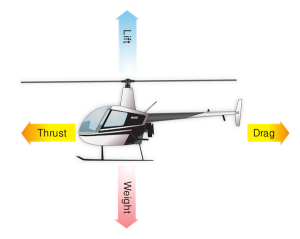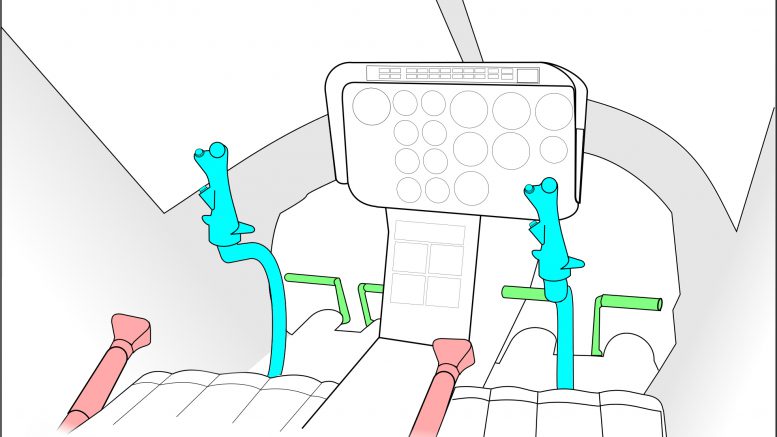Aerodynamics Of Helicopter Air Travel
[easyazon_infoblock align=”right” cloak=”n” identifier=”1560276495″ key=”image” locale=”US” localize=”y” nf=”y” tag=”rafsb-20″]
Jeane-Pierre Harrison’s new work, Principles of Helicopter Flight, is a major step forward for flight instructors and their students in the complex subject of practical helicopter aerodynamics. Until now, useful materials for guiding flight students through this essential topic have been impossible to find.
Typically, the only available texts were either academic tomes for engineering majors, filled with mathematics that would frighten even the most dedicated of students or superficial, folksy chapters in training manuals that rarely go much beyond comparing rotor blades to the arm movements of spinning figure skaters.
Mr Harrison has provided a thoroughly useful and interesting alternative that promises to end the frustrations of struggling students and instructors alike.
Mathematical sophistication is made wholly unnecessary, in fact, the equations used are generally no more complicated than “power = drag x velocity”. Concise and simple explanations support the real heart of this book, which is a remarkably thorough and clear set of diagrams.

Averaging two to three figures per page, the text and drawings are woven together for easy comprehension. For example, some 23 figures are used just to explain autorotation, permitting a far more in-depth analysis than most students (and many instructors) ever see.
Based loosely on a Royal Air Force text, Harrison has contributed extensive rewriting and editing with significant additions. Those who are still using training materials prepared in the days when Hillers and Bell 47s were commonly used will be pleased with the modern sections on the theory of the McDonnell “NOTAR” system and the British “BERP” rotor design.
A practical discussion of noise issues in our increasingly sensitive world also helps to bring an up to date perspective.
Perhaps the most important benefit of this book is that the clarity of presentation, and the review questions on each topic, will encourage students to think through the material and to see connections that otherwise might escape notice.

For example, one diagram showing rate of descent versus forward speed in autorotation bears a striking similarity to another diagram showing power required versus forward speed in powered flight. Exploring the reasons for that similarity will provide valuable insight for the reader, whether student or instructor.
One of the goals of any helicopter flight instructor is to impart to students a useful understanding of aerodynamics that the student can apply in the real world.
Thanks to experiences in ordinary living, any student will intuitively know what physical behaviour to expect when a ball bounces of a spring is stretched and released, but the complexity of helicopter flight makes comparable intuition difficult to develop.
Harrison’s Principles of Helicopter Flight is an excellent aid to developing that understanding, and belongs on every helicopters pilot’s bookshelf.







Be the first to comment on "The Principles Of Helicopter Flight"